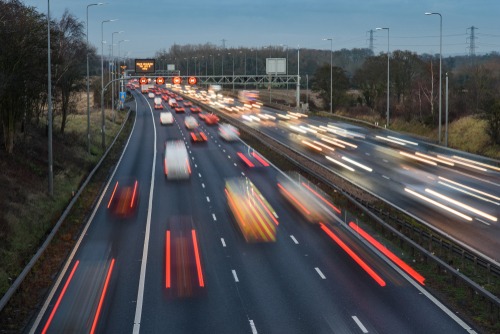
As a way to continue prioritizing roadway safety, the Massachusetts Department of Transportation (MassDOT) announced that it was launching a new Safe Speed Website and municipal toolkit to help local partners address roadway fatalities and crash prevention.
Recent reports indicate that more than 400 people died in traffic-related crashes in Massachusetts in 2021 – the most roadway fatalities in one year in over a decade. Thousands more were seriously injured, the MassDOT said.
The MassDOT also announced a new round of Shared Streets and Spaces grant funding to support speed management. The department is also offering free technical assistance for speed management systems, as well.
“Working together with local partners, Massachusetts can reduce crashes, their severity and design safer modern roadways that prevent serious injuries and save lives. MassDOT is proud to serve as a resource for municipalities to address any safety concerns,” said Transportation Secretary and CEO Jamey Tesler, “Whether it’s the technical and engineering expertise or municipal grant funding to advance design and construction, MassDOT is continually developing more tools for communities – like the new Safe Speed website – to better address speed as the root cause of many crashes and their severity.”
The MassDOT’s website will include detailed information about speed management and steps local partners can take to collect information, establish target speeds, implement roadway treatments, educate residents about the relationship between speed and safety and find funding resources.
With the Shared Streets and Spaces Program, the MassDOT will provide a competitive grant program for municipalities and transit authorities in support of public health, safe mobility, and renewed commerce. The program will make $20 million available to fund a variety of projects that will allow municipalities to rethink their transportation networks and implement improvements that suit their needs, including bicycle and pedestrian facilities, outdoor dining, and programming infrastructure, as well as transit improvements.